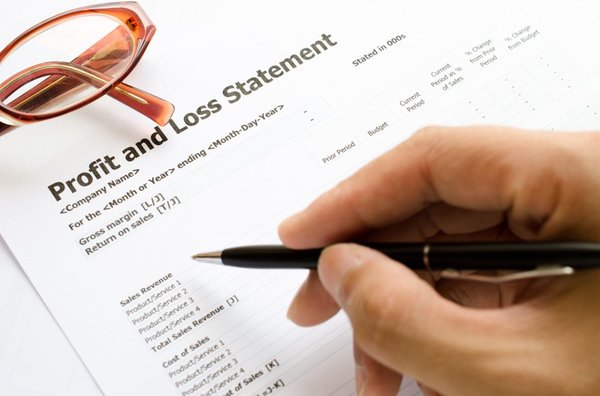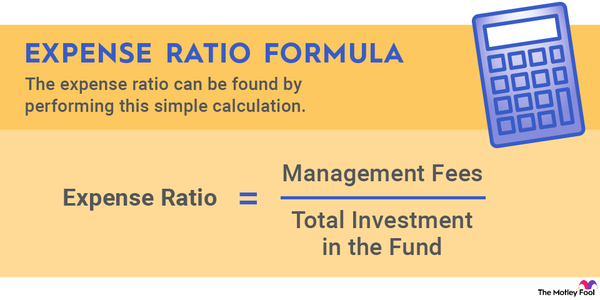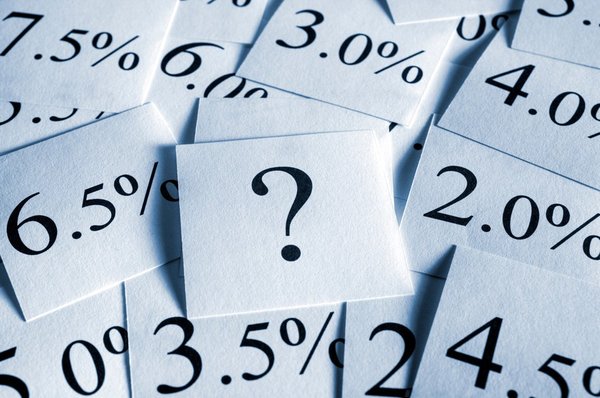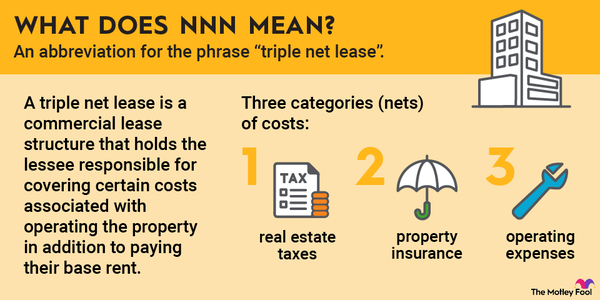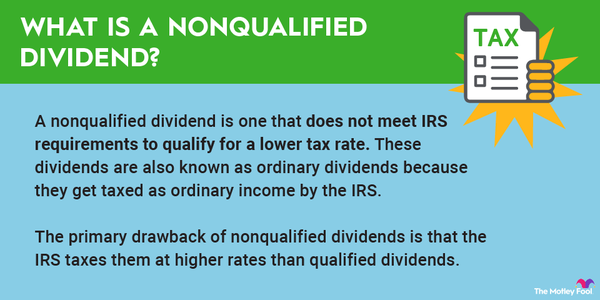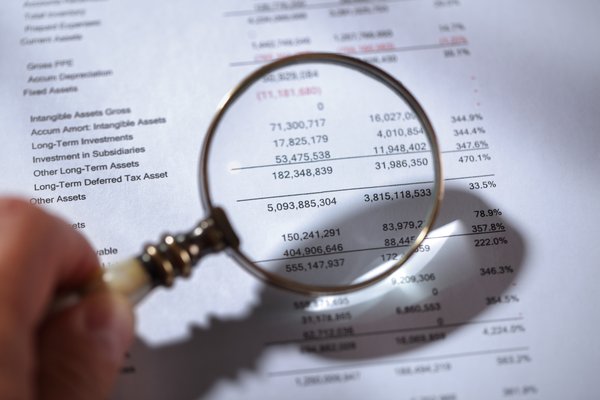What does nominal mean in finance? Generally, it could mean small or unadjusted, depending on the context. Let's review the nuances of the word in more detail as it pertains to fees, securities, and growth rates.

Different meanings
Different meanings of nominal
In finance and economics, nominal has three common meanings:
- In reference to a fee, nominal means very small relative to the underlying product or service.
- Nominal value, pertaining to stocks and bonds, refers to a security's face value or par value.
- Nominal returns are growth rates that are not adjusted for inflation.
Nominal fees are often associated with the purchase of add-ons when the customer has already bought a core product. You might reserve a hotel room, for example, and have the option to upgrade at check-in for a "nominal fee." The implication is that the fee is low relative to the value of the upgrade.
Nominal fees can also appear in arm-in-arm transactions that require money to change hands. As an example, a generous property owner might sell real estate at a steep discount to a relative. Say the property has a market value of $200,000, but the recorded sale price is $200. In that scenario, the $200 is nominal.
The nominal value of a bond is its par value, which is often different from the bond's market value. The par value equals the principal to be repaid when the bond matures. It also dictates the amount of interest paid on that bond.
The nominal value of a common stock, however, is less meaningful. A stock's nominal value is an arbitrary number defined in the corporate articles of incorporation. It's commonly less than $1 and much lower than the stock's trading price.
Nominal rates of returns are percentage changes in value without adjustments. You might see nominal rates in reference to a stock portfolio, a mutual fund's performance, or the growth or contraction of the GDP.
Nominal vs. market value
Nominal value and market value
Nominal values are rarely the same as market values, for both stocks and bonds. A stock's market value is its trading price, which has no correlation to its nominal value. A bond's nominal value and market value can be the same at issuance, but will separate as market dynamics evolve.
Interest rates are the primary influencer of bond market values. If prevailing rates move higher or lower than the bond's coupon rate, that bond's market value will change. When interest rates rise higher than the bond's coupon rate, the bond's market value declines. In turn, lower prevailing interest rates will cause an increase in the bond's market value. These market value changes effectively adjust the bond's yield, so it becomes competitive with rates available on new issues.
Nominal vs. real returns
Nominal returns and real returns
The nominal return on a portfolio that rises from $100,000 in value to $120,000 a year later is 20%. The calculation is simple: Divide the amount of change by the starting value. Taxes, fees, and inflation are not considered.
The nominal percentage change quantifies the increase in the portfolio's dollar value. Unfortunately, nominal growth rates do not capture changes in the asset's purchasing power. To understand those changes, you must adjust nominal growth by the rate of inflation.
Inflation-adjusted returns are known as real returns. Returning to our portfolio that grew 20% nominally, a 5% inflation rate in that period translates to a real return of 15%. This means the ending nominal value of $120,000 has the same purchasing power as $115,000 did at the start of the year.
Note that you could further adjust the portfolio's nominal return by accounting for taxes and investment fees.
The concepts of nominal growth and real growth are also applied to gross domestic product or GDP. Nominal GDP measures goods and services produced by an economy at current market prices, while real GDP adjusts the value for inflation. Without the inflation adjustment, it's impossible to know if a higher nominal GDP resulted from greater economic activity, higher prices, or both.
Related investing topics
Nominal growth example
Nominal growth in investing: An example
Say you purchase 100 fund shares for $50 each for an initial investment of $5,000. After one year, the share price has risen to $60. The position is now worth $6,000. You can calculate your nominal growth on this asset in two ways:
- Divide the $1,000 gain by the starting investment of $5,000 for a nominal increase of 20%.
- Divide the $10 per-share increase by the starting share price of $50. This calculation also results in 20%.
Nominal gain, by itself, has limited value in analysis. The 20% gain simply doesn't mean much without additional details. As a first step, you can adjust the nominal figure to account for inflation and taxes. Let's assume a moderate inflation rate of 3% and no tax impact because the investment is held in a Roth IRA. That equates to a real, after-tax return of 17%.
You can take your analysis further by comparing returns on an equivalent basis to benchmarks. If the fund holds large caps, for example, you might compare the 17% to the real return of the S&P 500 in the same period. If the S&P 500 grew 10%, this fund did very well. But if the S&P 500 grew 30%, you'd probably be disappointed.
The takeaway? Neither nominal returns nor real returns tell the whole story. For a richer understanding of asset performance, do benchmark and peer comparisons, as well.

